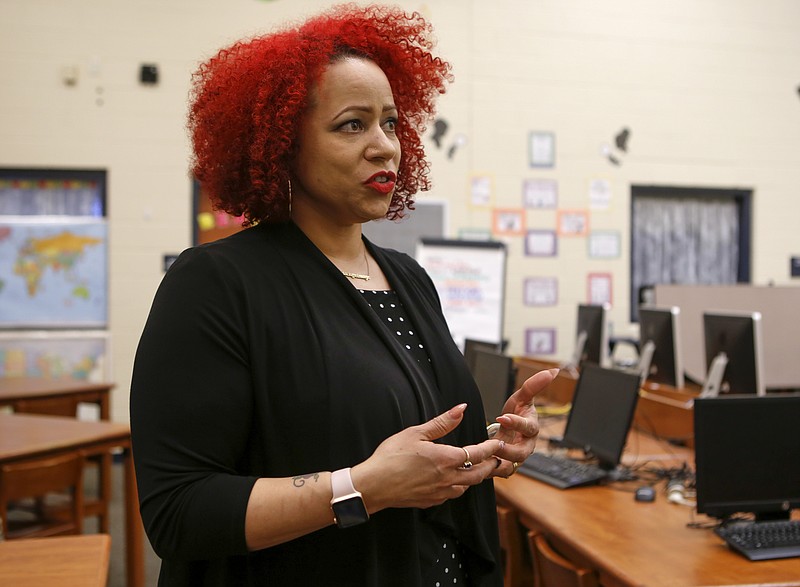Parents, students, teachers and community members gathered at Orchard Knob Elementary School Thursday evening to hear how public schools are still segregated, 50 years after the civil rights movement.
Nationally renowned journalist Nikole Hannah-Jones, who covers civil rights for New York Times Magazine, spoke about her reporting on the racial re-segregation of the country's public schools and how official policy creates and maintains racial segregation in housing and schools.
Hannah-Jones began with a history lesson, tracing the history of slavery through to the civil rights movement of the 1960s. She stressed the fact that the era of integrating schools was not that long ago. She pointed out that many people alive today lived through that history.
"We have to ask ourselves, where did those people go?" she said. "They went to Congress. They got elected to your school boards. They run your companies. These people didn't just disappear."
But while racist laws were changed and new, anti-discriminatory ones implemented, "there is no fundamental redistribution of resources that would go along with changing those laws."
And when the No Child Left Behind Act kicked in, students began to be tested. But when students in majority-black, majority-poor schools didn't do as well as other students in more affluent neighborhoods with more resources, those schools were punished, she said.
That point was one of the main takeaways among audience members, because five of Chattanooga's schools have shown a pattern of low performance for over a decade.
"All of these schools are high-poverty schools," one audience member said. "I think we've been penalizing them for quite some time and not really taking the steps that we need to take to do the right thing for those students."
At the end of the presentation, audience members were asked to discuss among themselves what they can do here locally to address socioeconomic inequality and segregation in schools and communities.
Recurring suggestions included redrawing districts to be more diverse, supporting and voting for officials who are in support of equity in schools and holding those elected officials accountable.
"We have a responsibility to ensure that those in the county are going to do their best, because we are paying them do that, to look out for the interest of our children," Marie Mott said. "For the teachers and principals When you go to work, look at your class, and take a minute to look at your class. Look at the classes that you teach. What do they look like? When you go to your student assembly, what does that look like? You have the responsibility to take it a step further and to ensure that you are pushing for inclusion and not seclusion."
Contact staff writer Rosana Hughes at rhughes@timesfreepress.com or 423-757-6327 with tips or story ideas. Follow her on Twitter @HughesRosana.
